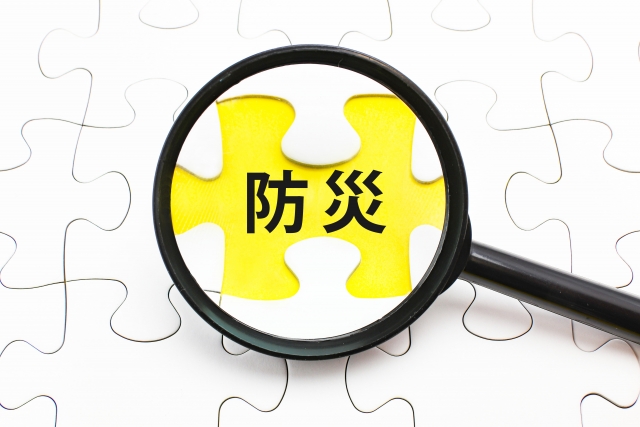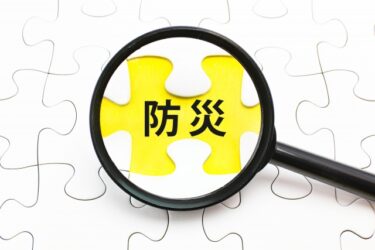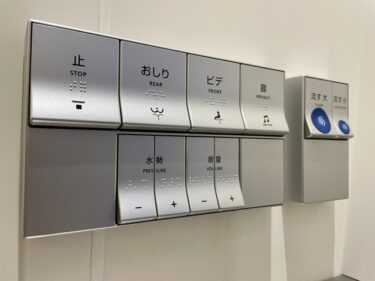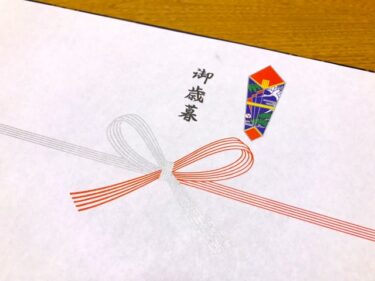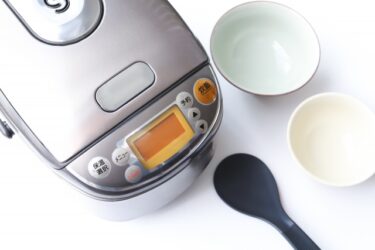Living in Japan means being prepared for the possibility of earthquakes and other natural disasters such as typhoons, floods, or tsunamis. It’s crucial to know how to protect yourself and your family, where to find important information, and how to evacuate if needed. This guide provides essential information for foreign residents in Japan on what to do before, during, and after a disaster, including how to stay informed and where to seek shelter.
We have also included conversations that are useful in various situations.We are using Ondoku-san for audio playback. Click the play button to listen to the audio.
- 0.1 1. Be Prepared: Essential Supplies for Natural Disasters
- 0.2 2. Where to Evacuate: Finding a Shelter
- 0.3 3. Staying Informed During a Disaster
- 0.4 4. What to Do During an Earthquake
- 0.5 5. How to Prepare for a Tsunami
- 0.6 6. Typhoons and Flooding: What to Know
- 0.7 7. Emergency Contacts and Useful Websites
- 0.8 8. Ask neigbors and friends
- 1 How to Ask for Help or Information
- 2 Conclusion
1. Be Prepared: Essential Supplies for Natural Disasters
It’s important to have a disaster preparedness kit ready at all times. Here’s what you should include:
- Water (3 liters per person per day, for at least 3 days)
- Non-perishable food (enough for at least 3 days)
- First aid kit
- Battery-powered or hand-crank radio (to receive emergency broadcasts)
- Flashlight and extra batteries
- Copies of important documents (passport, residence card, health insurance)
- Cash (ATMs may not work during a disaster)
- Basic toiletries and personal hygiene items
- Medications
- Clothing, blankets, and emergency heat supplies
- Portable phone charger
2. Where to Evacuate: Finding a Shelter
In case of a major earthquake or other natural disaster, knowing where to evacuate is critical. Each city or town has designated evacuation sites (hinanjo), which are often schools, community centers, or large open spaces.
How to find your nearest evacuation site:
- Your local ward office (kuyakusho) or city hall provides maps showing evacuation sites.
- Many local governments publish evacuation maps online, often in multiple languages.
- You can also check the Safety Tips app, which provides information about evacuation sites and disaster warnings in English.
Make sure to familiarize yourself with the evacuation sites near your home and workplace, and discuss with your family where to meet in case of an emergency.
3. Staying Informed During a Disaster
During a natural disaster, it’s essential to stay updated with reliable information. There are several sources that provide timely information in English:
- NHK World: The international service of NHK, Japan’s national broadcaster, provides real-time disaster information in multiple languages, including English. You can access this via TV, radio, or their mobile app.
- Japan Meteorological Agency (JMA): JMA provides earthquake and tsunami alerts, as well as typhoon updates, on their website and app, with English translations available.
- Safety Tips App: Developed by the Japan Tourism Agency, this app sends real-time alerts about earthquakes, tsunamis, and other disasters. It’s available in multiple languages, including English.
- Your local municipality’s website: Many cities and wards provide disaster information in English, including where to find shelters and what services are available during emergencies.
4. What to Do During an Earthquake
When an earthquake strikes, follow these steps:
- Stay calm and protect yourself. If indoors, move away from windows and take cover under a sturdy table or desk.
- If you are outside, move to an open area away from buildings, trees, and power lines.
- Once the shaking stops, check your surroundings and listen to official announcements.
- Be cautious of aftershocks, which can occur shortly after the main quake.
5. How to Prepare for a Tsunami
If you live in a coastal area, it’s important to be prepared for tsunamis after large earthquakes:
- After a strong or long-lasting earthquake, immediately move to higher ground.
- Pay attention to tsunami alerts from the Japan Meteorological Agency (JMA) or NHK World.
- Evacuate inland or to higher ground as quickly as possible if a tsunami warning is issued.
6. Typhoons and Flooding: What to Know
Typhoons are common in Japan, especially between June and October. Here’s how to prepare:
- Stay indoors and avoid going outside during the storm.
- Secure any outdoor objects that could become dangerous in strong winds.
- Follow local weather reports and evacuation notices.
- Avoid rivers, coastlines, and low-lying areas, which are prone to flooding during heavy rainfall.
7. Emergency Contacts and Useful Websites
Make sure you have these emergency contact numbers and websites handy:
- Police: Call 110
- Fire and Ambulance: Call 119
- Japan Meteorological Agency: https://www.jma.go.jp/jma/indexe.html
- NHK World: www3.nhk.or.jp/nhkworld
- Japan Red Cross: www.jrc.or.jp/english
Many local governments also offer disaster preparedness guides in multiple languages, including English, Chinese, and Korean. You can request these guides at your ward or city office.
8. Ask neigbors and friends
In a disaster, communication channels like the internet, phone lines, or even official services may become overwhelmed or temporarily unavailable. Your neighbors can be a valuable source of real-time information about the situation, including:
- Evacuation routes: Your neighbors might know the safest or fastest way to reach evacuation sites if roads are damaged or blocked.
- Local shelters: If you’re unsure where the nearest evacuation center is, or if conditions have changed, neighbors can provide updates.
- Community support: In many Japanese communities, neighbors play a key role in looking out for each other, especially during emergencies. They can inform you of any community-led evacuation or rescue efforts and ensure that everyone is aware of important local announcements.
How to Ask for Help or Information
When a large-scale disaster happens, it’s helpful to approach your neighbors for guidance, especially if you’re unsure about where to go or how to act. Here are a few phrases you can use in Japanese help:
- 近くの避難場所はどこですか?(ちかくの ひなんばしょは どこですか?)(Chikakuno Hinanbasyowa dokodesuka?)
“Where is the nearest evacuation site?”
This is a simple and direct way to ask where you should go if you’re unfamiliar with the local evacuation locations. - 避難場所が空いている場所はどこか知っていますか?(ひなんばしょが あいているばしょは どこか しっていますか?)(Hinanbasyoga aiteirubasyowa dokoka sitte imasuka?)
“Do you know if the evacuation site is open?”
Evacuation sites may close or relocate due to damage, and neighbors can share the latest information.
- 今、避難するのは安全ですか?(いま、ひなんするのはあんぜんですか?)(Ima hinansurunowa anzendesuka?)
“Is it safe to evacuate now?”
During or after a disaster, there might be specific times when it is safe to evacuate. Neighbors who have lived in the area longer might be aware of these details.
- 避難場所へはどのルートで行けばいいですか?(ひなんばしょへはどのルートでいけばいいですか?)(Hinanbasyoewa dono ru-tode ikeba iidesuka?)
“Which route should we take to the shelter?”
Roads and paths might be blocked or damaged, and locals often know the best alternate routes to take.
Conclusion
Being prepared for natural disasters is a crucial part of living in Japan. By having an emergency kit ready, knowing where to evacuate, and staying informed through reliable channels, you can protect yourself and your family during emergencies. Make sure to regularly review your emergency plans and stay updated on the latest disaster preparedness information in your area.

